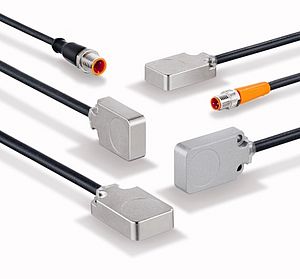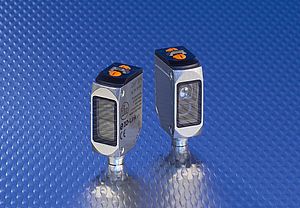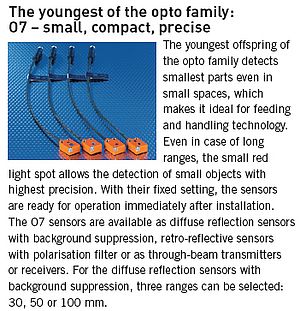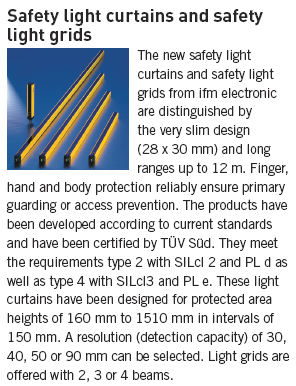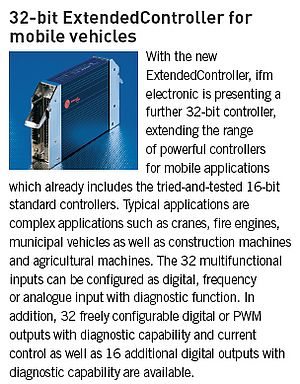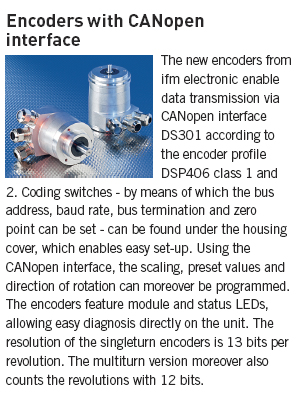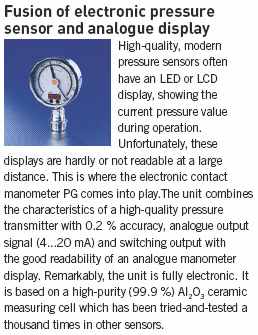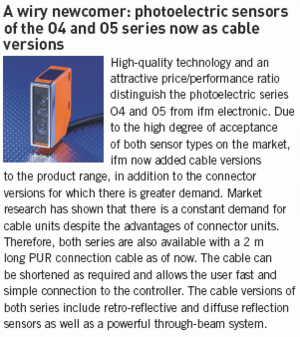The tyre manufacturer Pirelli is not only involved with heavyweights on the roads. There is also much HP involved for the manufacture of high-speed tyres. DC motors with a power of up to one megawatt are necessary to produce high-quality tyres from a rubber mixture by kneading, rolling and coating. Sophisticated vibration sensors keep the motors fit.
Around the clock, seven days a week, Pirelli produces tyres of the premium class in Höchst in Odenwald, Germany. A production loss due to a machine damage would cause high cost. Therefore a team of maintenance staff is responsible for continuous machine uptime.
Special attention is given to the powerful DC motors. They are exposed to particularly harsh conditions because of the constant load and rpm changes. The special feature of these machines: They provide the same power across the entire rotational speed range. They also provide the max. torque on the shaft during start-up. Start-up under load and slow rotational speed demand a lot of the two axle bearings. To reach maximum continuous running times the rolling element bearings of the DC motors are therefore lubricated under control at Pirelli.
Usually the maintenance staff lubricates the bearings once or twice a year. Automatic lubricant pumps with fixed cycles and quantities are also used nowadays. This type of lubrication does, however, not necessarily meet the requirements. The slogan "Much helps much" is rather counterproductive for these machines. The decisive role is played by the necessary minimum lubrication.
It is all about the right quantity
Excessive lubrication causes grease to emerge from the bearing. Grease in the motor room gases when exposed to the heat generated on the brushes. The volatile substances of the grease evaporate while the heavy, steady additives stick to the commutator bars. Tar-like residue of wear dust from the coal brushes and dust from the environment of the motor builds up. That leads to an increased contact resistance between collector and coal brush, increased wear of the brush and the so-called brush fire once the build-up is too thick. Furthermore the solid particles coke and cause burr formation on the commutators. Generated gases attack the surfaces of the commutators. An expensive and time-consuming revision of the drive is the consequence.
Lubrication on demand
To prevent this, the maintenance staff at Pirelli have developed a solution for exact, condition-based dosing of the lubricant. Wear is minimised and ensures maximum life cycle of the drive.
An automatic lubricant pump is of further help. It has a cartridge with grease that is connected to the lubrication nipples of the two bearings via two tubes.
The bearing is lubricated cyclically with a minimum quantity of lubricant that is below the manufacturer's recommendation.
Special feature: On request, i.e. with too little lubricant in the bearing, the pump automatically presses more lubricant into the bearing. This exactly dosed and controlled lubricant feed reliably prevents "overlubrication" of the bearing.
Vibrations indicate the condition
But how does the automatic lubrication system know when and what quantity of lubricant is needed? This is where the vibration diagnosis sensors efector octavis from ifm electronic enter the scene. One sensor each of type VSA001 is screwed onto the front and back rolling element bearing of the DC motor. They sensitively detect the smallest change in vibrations on the bearings and transfer the signal to the VSE100 evaluation electronics. There the vibration behaviour is compared with a previously taught reference signal.
Increasing vibration amplitudes can be a sign of lacking lubrication in the rolling element bearings. In this case the evaluation electronics provides a switching signal to the controller of the lubricant pump. Then an additional defined quantity of lubricant is released onto the bearing. Usually the vibration behaviour is reduced which means that lubrication was successful.
This relubrication can be made up to three times within a short interval. Only if the vibration signal is not reduced to below the defined limit value will a warning be given to the controller or the maintenance staff.
Positive balance
This process was used on special critical machines at Pirelli some years ago. The balance is positive: Hans-Joachim Schaller, condition-based maintenance at Pirelli, summarises: "Using condition-based lubrication means that we save at least one revision of the drive. There is no longer any damage due to overlubrication. Thus the collector does no longer have to be turned off. The life cycle of the drive will probably be doubled. The cost for the condition-based lubrication, vibration evaluation, controller and lubricant pump is below 1,000 euros. That is a fraction of the procurement cost of a drive motor. Neither do we need regular inspection steps any longer since machine damage is detected and signalled automatically."
At Pirelli they are convinced of this reliable and cost-effective machine monitoring. Also in the future they want to equip large drives with vibration sensors from ifm electronic. Thus Pirelli is again a tyre length ahead.







